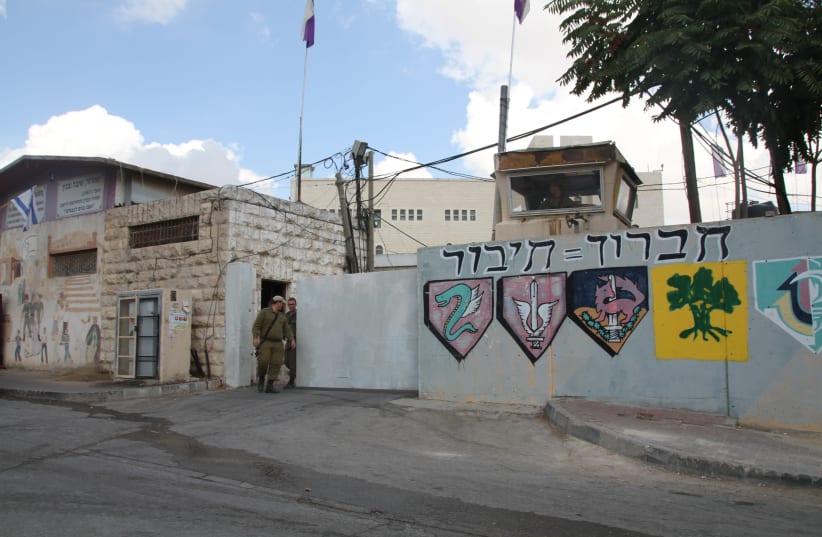Israel approves first new Jewish neighborhood in Hebron in over a decade
Hebron’s Jewish community thanked Prime Minister Netanyahu and his government for approving the project, which it said would help expand its small community in the otherwise Palestinian city.
